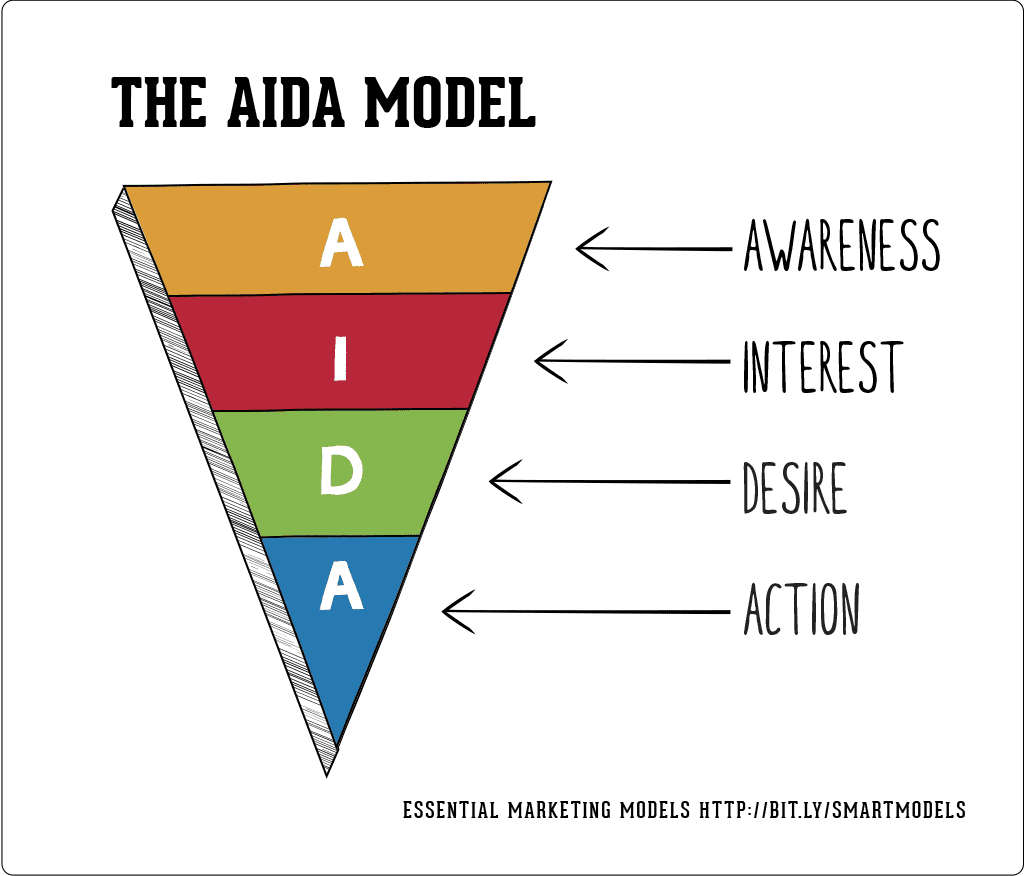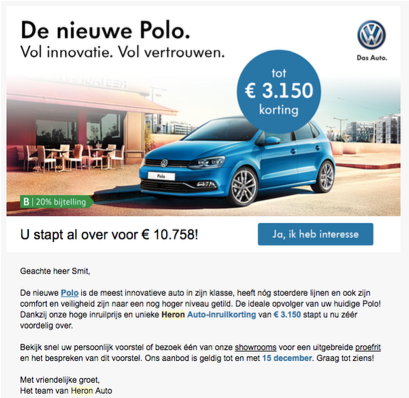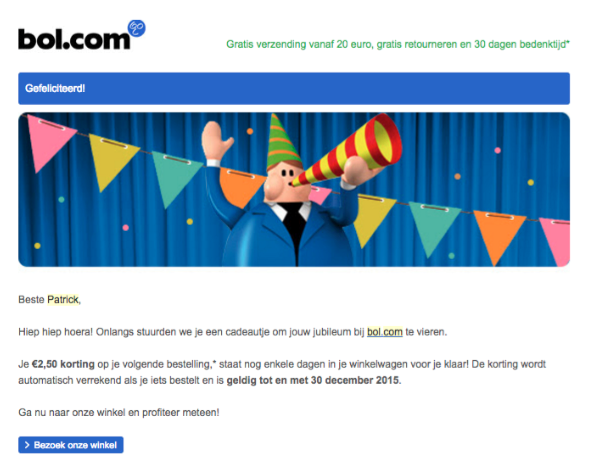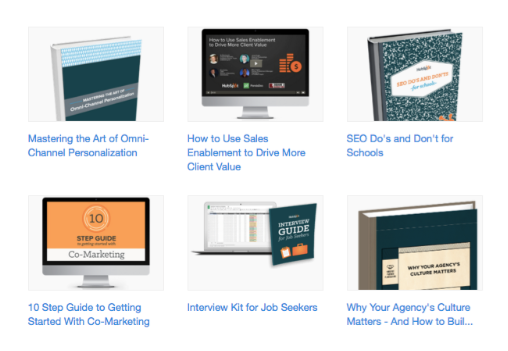What will change for training agencies?
Where should you put the focus when it comes to online marketing?
We try to answer these questions in this article, in which we share three developments from our e-book "The Future of Marketing for Training Agencies. So that we can help you move forward with your online marketing.
Development 1: There will be even more focus on buyer journeys/customer journey
We have been inundated with theories and visions of the 'buyer journey' or 'sales funnel.
The phenomenon became known through Google's AIDA framework, which stands for "attention, interest, desire, action. All your website visitors would go through these steps and it is up to you as a marketer to guide them through this.

Hubspot then came up with the following framework, where they translated more concretely to the online "journey" of the (potential) customer.
This model is actually the standard, if you look at how online sales funnels are set up by marketers.
But what use is this to you? And indeed, what does this have to do with the future of B2B marketing have to do with it?
Very. Lots.
Why?
Because online marketing for training agencies is increasingly on a personal level is being carried out.
This means that a good marketing campaign focuses on the phase in which the (potential) customer is. And for each phase, specific specific actions carried out.
First of all: make sure you have all these goals clear:
The above goals are the most important stages in the customer journey. So always use these as the basis of all your marketing activities.
Then, for all of these goals, you are going to implement specific actions.
These actions 90 times out of 100 are sending content.
Some examples:
Objective 1: the right target audience on your website
Action 1: Send LinkedIn ads to your specific target audience (e.g., HR managers).
Objective 2: collect contact information from your target audience.
Action 2: you offer a specific PDF (like the PDF you're reading now!).
Goal 3: the right target audience will purchase your product.
Action 3: you send after downloading the PDF a number of emails (automatically) in which you lead the lead step by step to your final product.
Objective 4: the customer purchases multiple products.
Action 4: after x number of months, the the customer an automatic upsell - email, making a specific offer.
The future of marketing for training agencies will increasingly focus on this customer journey measuring the success of each stage in the customer journey.
With marketing automation, you make sure you always know what stage the lead or customer is and that they receive the right message.
 Everything they are used to in America by now will also become a habit in the Netherlands.
Everything they are used to in America by now will also become a habit in the Netherlands.
Consider pop-ups, for example. Still loathed in the Netherlands, in America you see them on almost every website.
So too with personalized, "Big Brother" communications from Web sites or product comparison sites. Consider Amazon, or Bol.com, who (think they) know exactly what you need. Once you get to their website , you get personalized offers. You will see this more and more in the near future, even in the "smaller" websites.
Another example: for American companies, it is now quite common for them to email or call you with the message: 'I noticed that you watched our YouTube video. Can I schedule a call to discuss our products?'
In short, they are no longer ashamed of watching all your online steps.
Do you know what that means?
That people in the US are used to this. They are used to personalized messages and offers.
Do you know what that also means?
That this will also come in the Netherlands. We too will get used to this. Indeed: your future customer is going to expect from your organization.
Does your prospect get an email that is not targeted to his specific situation? Then he will be disappointed in this.

Again: your customers are going to expect more and more of a personal touch. Don't be fear in this that you will violate their privacy, or that they will find it annoying that you making them personalized offers. Then it's probably not your customer.
Your ideal client likes it when you send the right message, at the right time. So don't wait too long to do this. Try personalizing your emails, or your ads.

The customer of the future expects a training agency to be an authority. This means that they also expect you to exude this online.
Not only that, they also increasingly expect to be available for all questions on your website to your website. This can be through blog articles, but also through a "library" of knowledge about your products.
So that they
A great example of an organization that does this to perfection is Hubspot. They offer white papers, e-books, courses, etc. Maybe a little "over the top," but effective it certainly is:

First of all: start writing. Write about things your customer wants to know. Questions they usually want answered.
Second, categorize everything you write. So that your (future) customer can find all information can find it easily.
Third, post your content on multiple channels (Slideshare, social media, Medium.com) so that you are also seen as an authority by Google. Which, of course, is positive for your Google positions.
